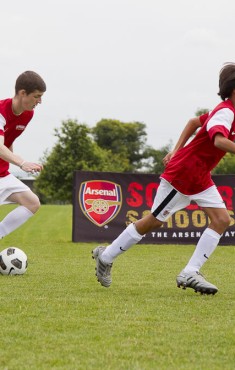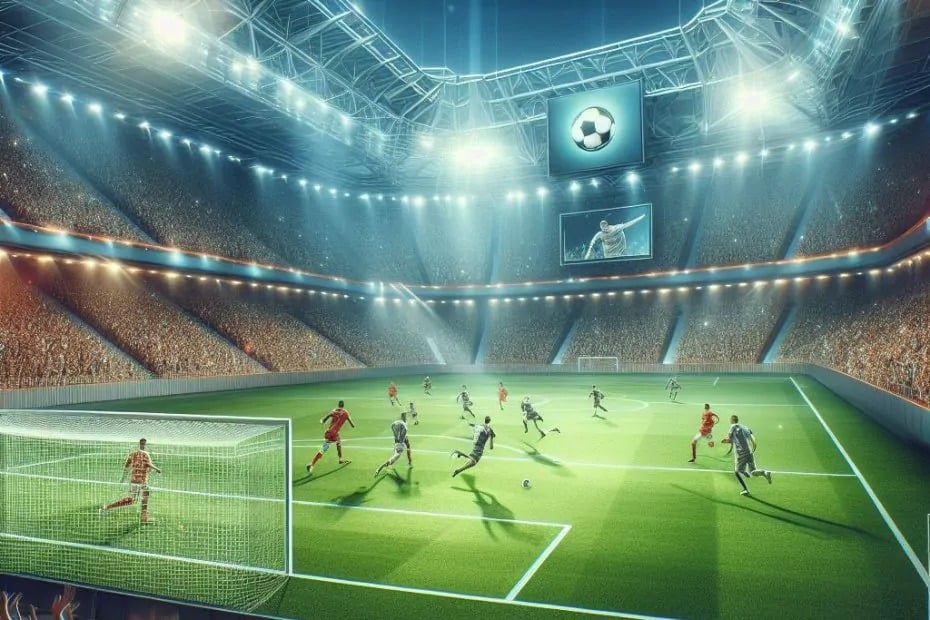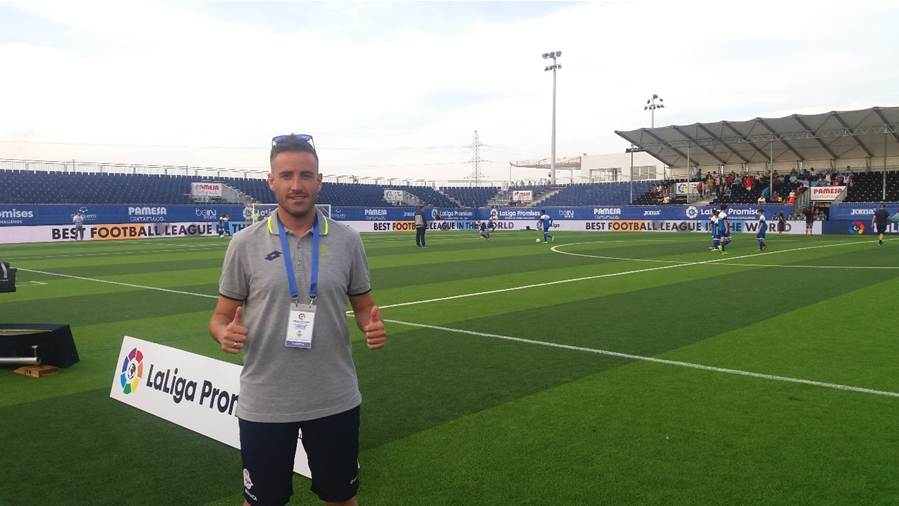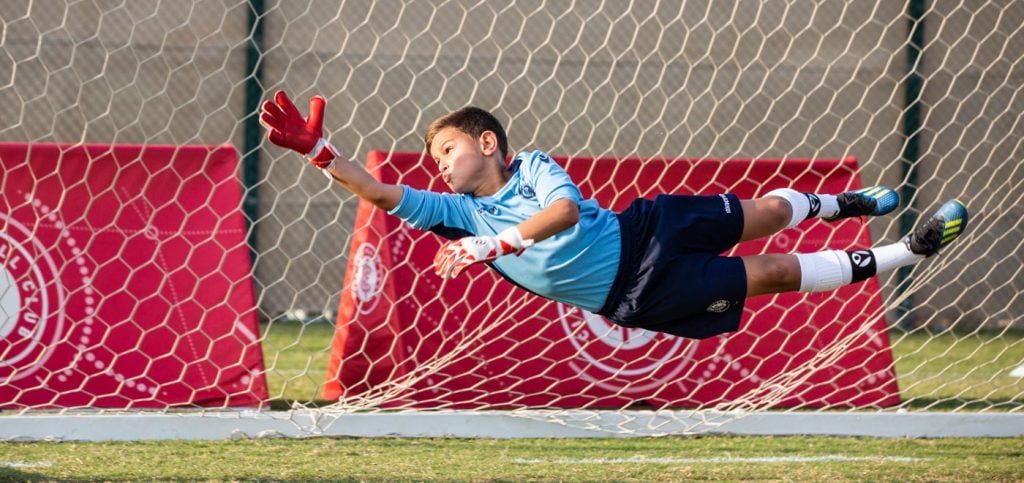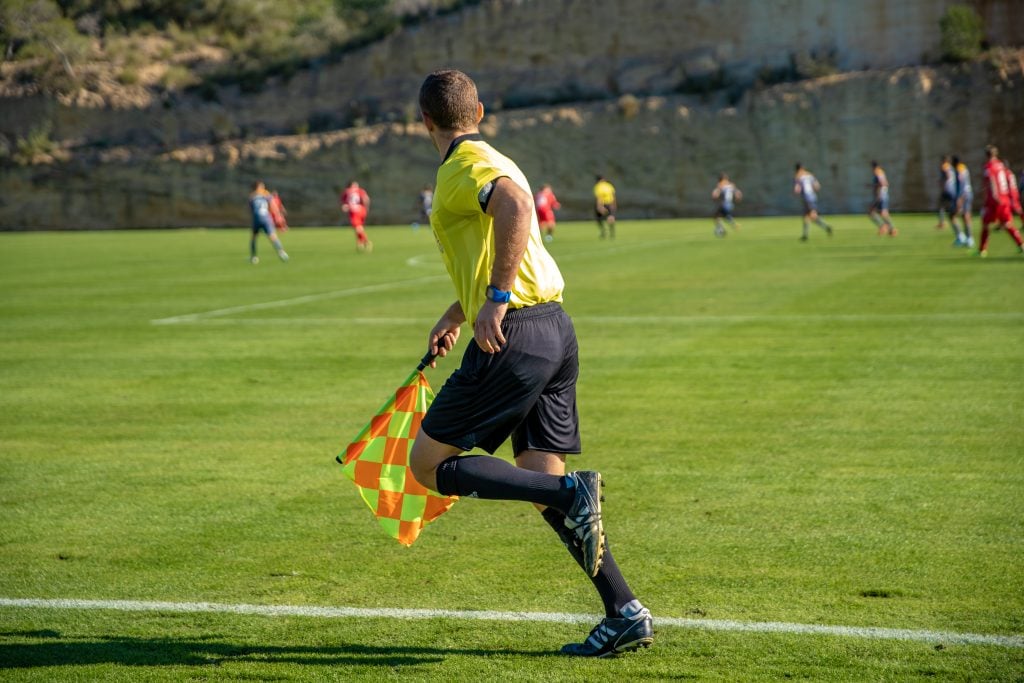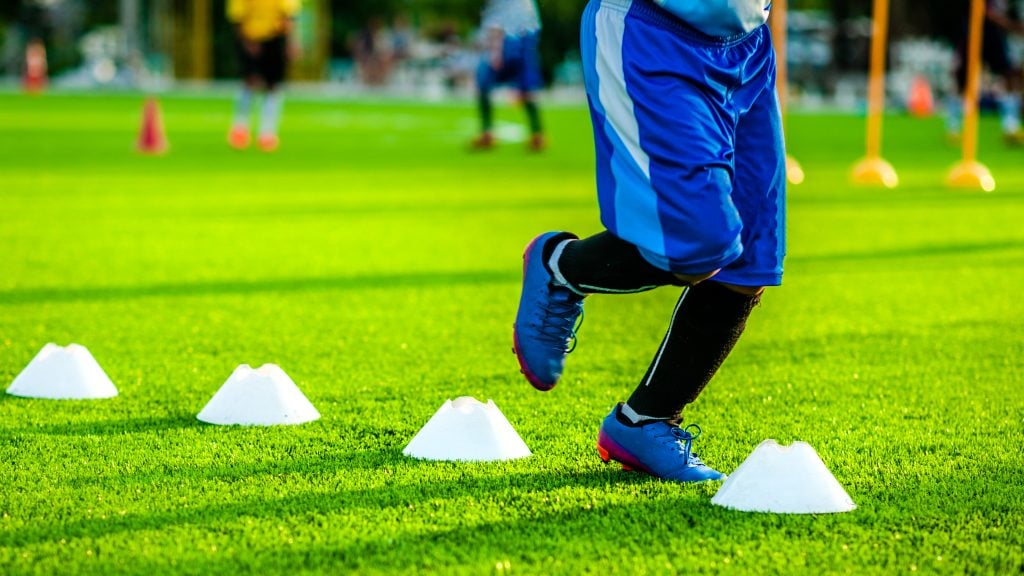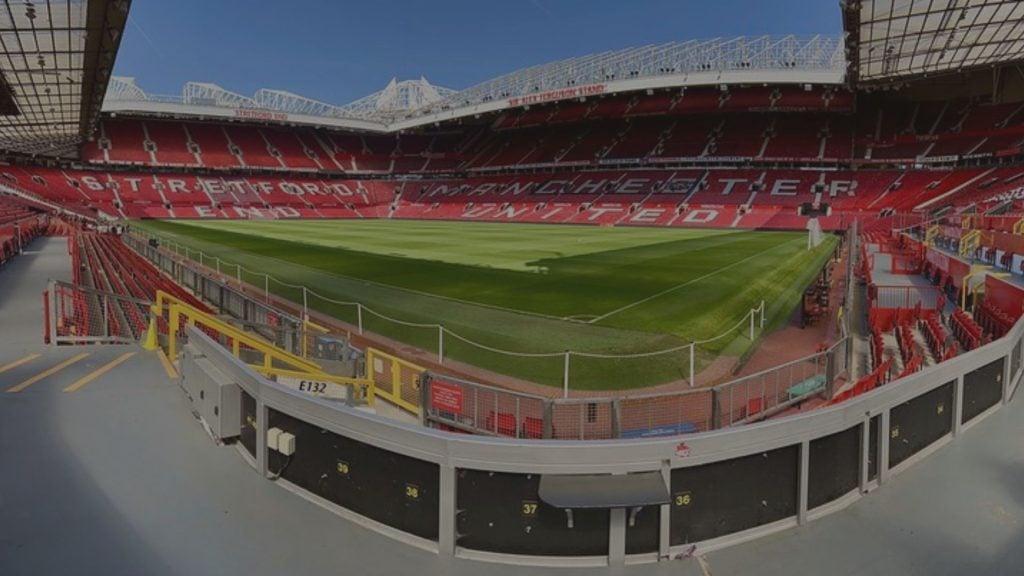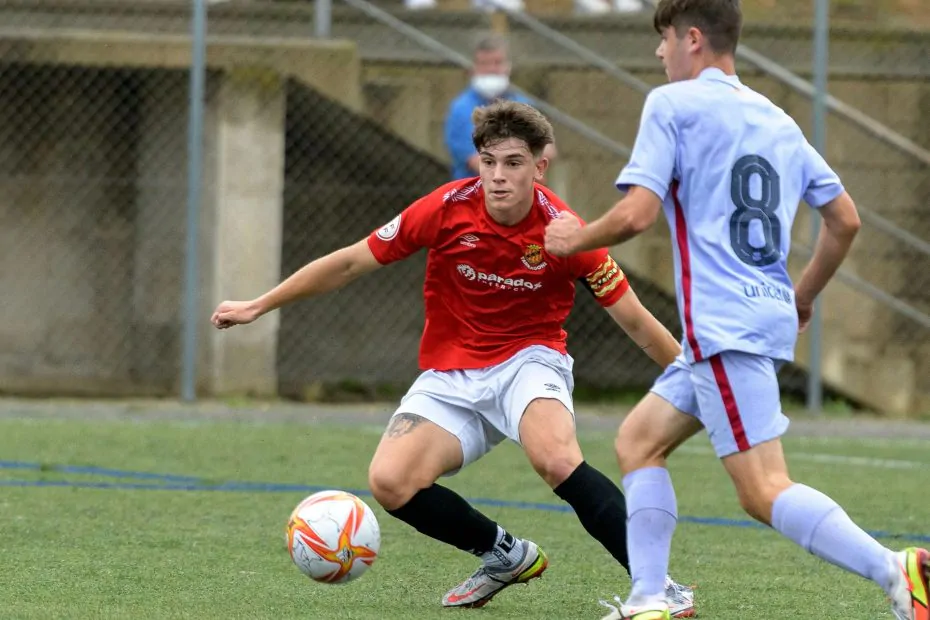Soccer training in children affects both physical and personality development. It also influences the child’s socialization, while its overall impact is perceived to be more positive than negative.
Roger Federer’ s name figures as one that undoubtedly sounds familiar to tennis lovers around the world, as it belongs to one of the best players of all time when it comes to the sport. However, compared to his name, a much less known fact is that the Swiss tennis player during his childhood, in addition to tennis, played soccer, although he finally opted for the first of the two sports. The reason for this decision was explained in 2008 in an interview for the ABC newspaper: “With soccer you never know which club will sign you, who will be your coach, who will be the goalkeeper… However, in tennis I control everything”.
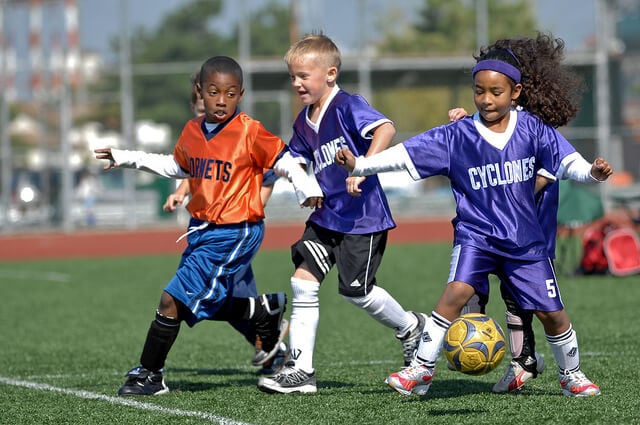
In relation to what has been said, there is no doubt that Federer exposed one of the negative aspects of being a soccer player in adulthood. Well, in the case of coaching soccer during childhood, the aspects multiply, while one of the positive aspects is precisely the opposite of his words.
Join our Newsletter and receive news about Football and Education
* indicates requiredEmail *
Soccer as the real winner
“There is no ‘I’in the team, as few teams count on a single player to achieve success”, such a positive effect on a child’s personality is explained in the article The benefits for children of organized sports/soccer (originally published in English). Furthermore, the article adds that by limiting his role to contributing to the success of the group, the child learns to control his ego. It goes on to emphasize that in children’s soccer there are both winners and losers, so that defeat in one game can encourage the child to learn from his or her mistakes and try to improve in the next game. In addition, the article states: “Team sports also teach children to become winners, because many teams encourage congratulations among players for a good game, regardless of the outcome.
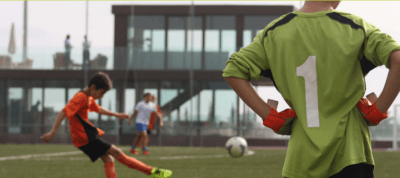
However, continuing with the theme of how soccer influences children, other sources indicate more data. Thus, for example, in the text “For children, soccer is a real winner” it is insisted that training favorably affects children whose self-esteem is low due to the fact that “neither exceptional height nor major strength does not guarantee success in soccer”. Moreover, thanks to the fact that soccer is a fast game, the child does not have so much time to be overwhelmed by his own failures, not to mention that in soccer “the achievement of the team is perceived as more significant than individual mistakes”.
On the other hand, as for the relationship between a team sport such as children’s soccer and a child’s socialization, the same article states that soccer “offers a favorable environment for socialization outside the school classroom”. All this, of course, accompanied by numerous benefits for children’s health, some of which are: increased leg muscle power, improved cardiovascular capacity, stimulation of reaction speed and motor coordination and peripheral vision.
“Putting too much pressure on children”
However, remembering the case of the world’s youngest professional footballer – the 1 year and 8 months old Baerke van der Meij was hired in 2011 by the Dutch sports club VVV Venlo – it is necessary to look at the big picture and ask ourselves the same question that the author of the article entitled Are there disadvantages for children playing sports? For his part, the author gives us a positive answer by listing the following disadvantages: exhaustion, risk of injury and, in the case of prepubertal children, the time issue.
Furthermore, in the article Pros and Cons of Youth Sports Participation, University of Pittsburgh soccer coach Joseph Luxbacher draws readers’ attention to the growing number of parents consumed with winning, to the early elimination of children and to the over-organization in soccer, three phenomena subsumed under the concept of “pushing toohard tooyoung” – in original, “pushing too hard too young” – by journalist Jacqueline Stenson.
Although the poor quality of the video is noticeable, this is Baerke van der Meij signing his contract at only 1 year old. A very curious image..
More than touching a ball
However, since “soccer (is) more than touching a ball,” in the words of former FIFA President Joseph Blatter, the overall impact of soccer on children should not be reduced to the simple ratio between the theoretically recognized positive and negative impacts. Indeed, the numerous accolades that soccer has received in the past and continues to receive – from the Convention on the Rights of the Child in which soccer is defined as “a universal language of millions of people throughout the world” to the words of French writer and Nobel Prize laureate Albert Camus: “Everything I know with greater certainty about the morals and obligations of men, I owe to soccer” – support the view that it is a largely positive impact.

In the light of what has been said, let us return to the famous sportsman mentioned at the beginning of the text and, without questioning his very good results, let us ask ourselves if the footballer Federer would have an ego as strong as the tennis player Federer. Sport can influence a lot in a child’s life, so if you are interested in more contrasted opinions, here is a recent post from our blog in which we interviewed the psychologist and coach specialized in sport Carlos Barea
Although we should not fear the possible negative effects, injuries can occur in contact sports such as soccer, so if you want to know more about the most common injuries in children, we describe them in another of our articles along with possible solutions for some of them.

